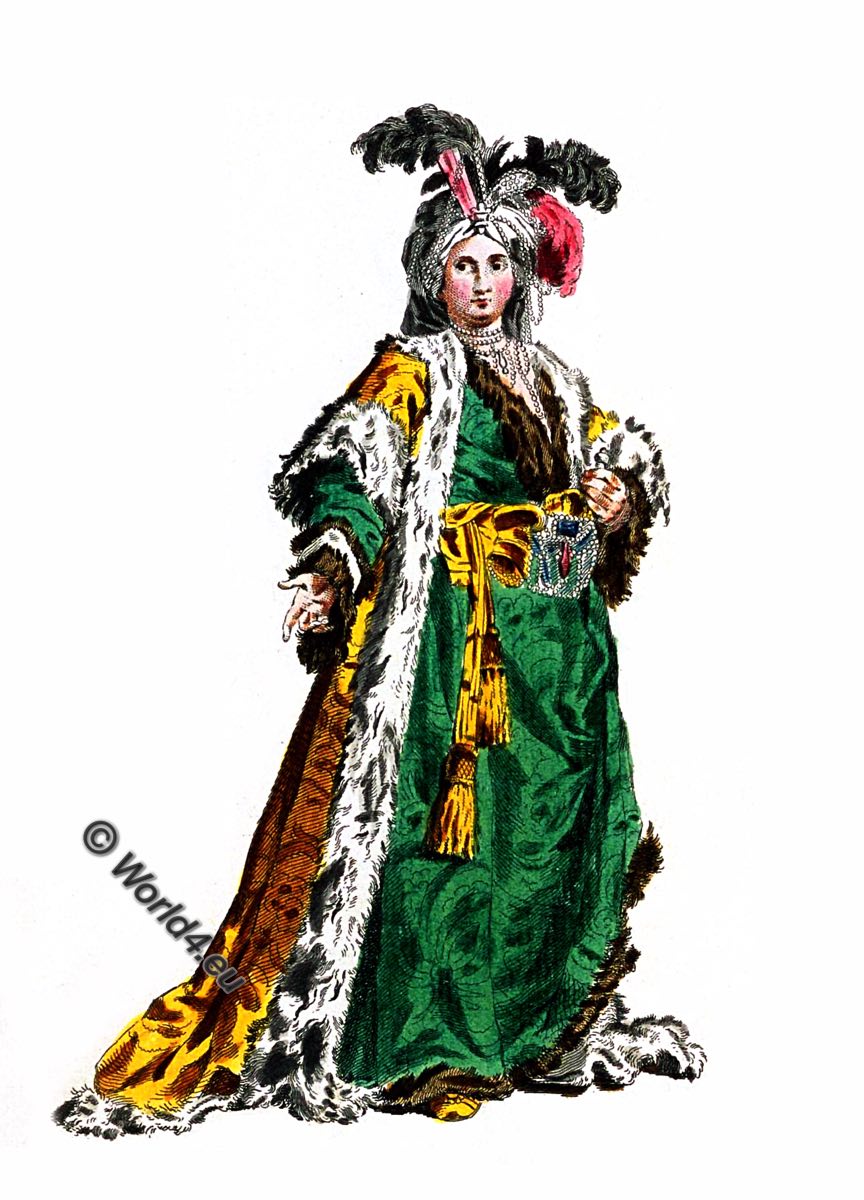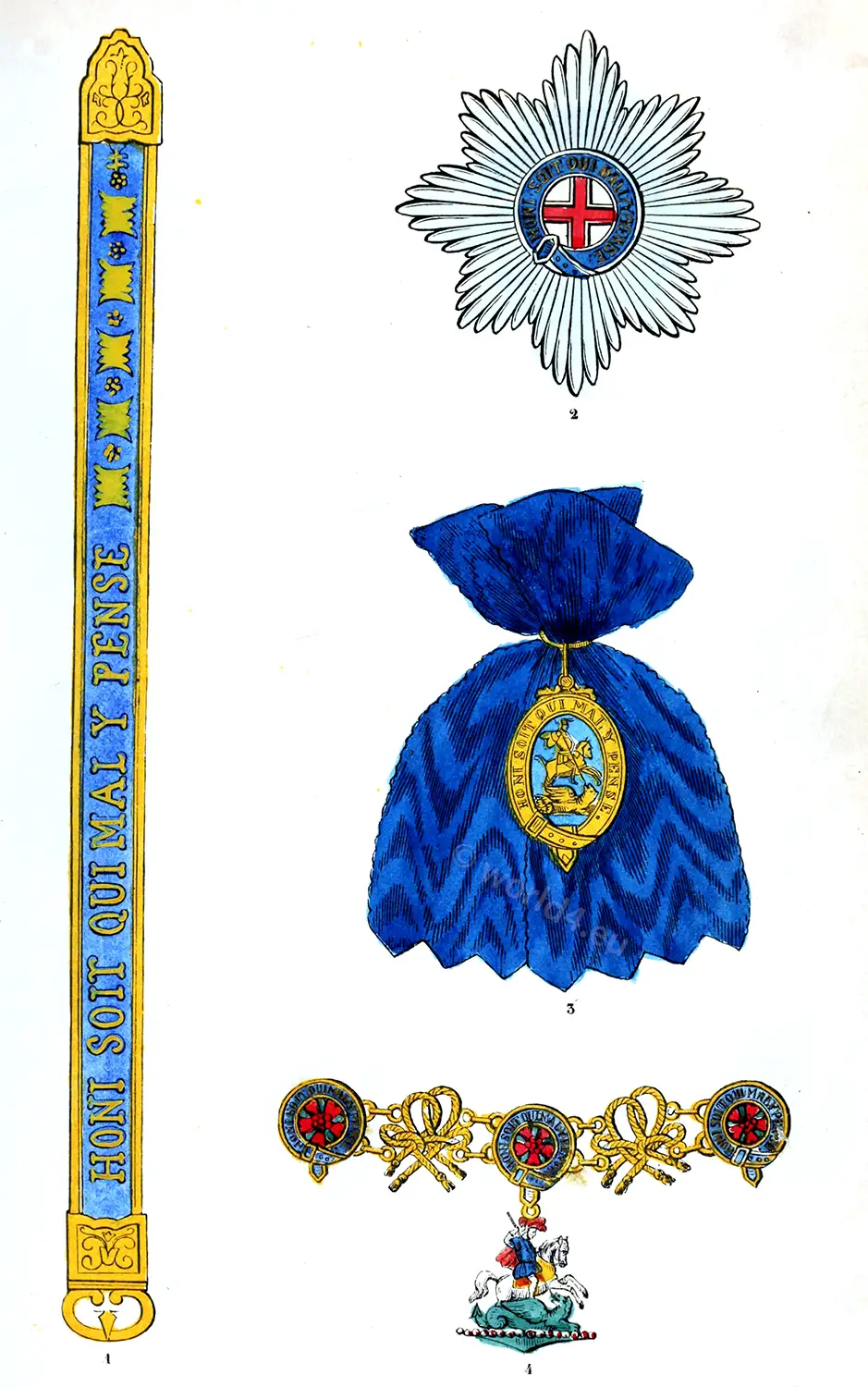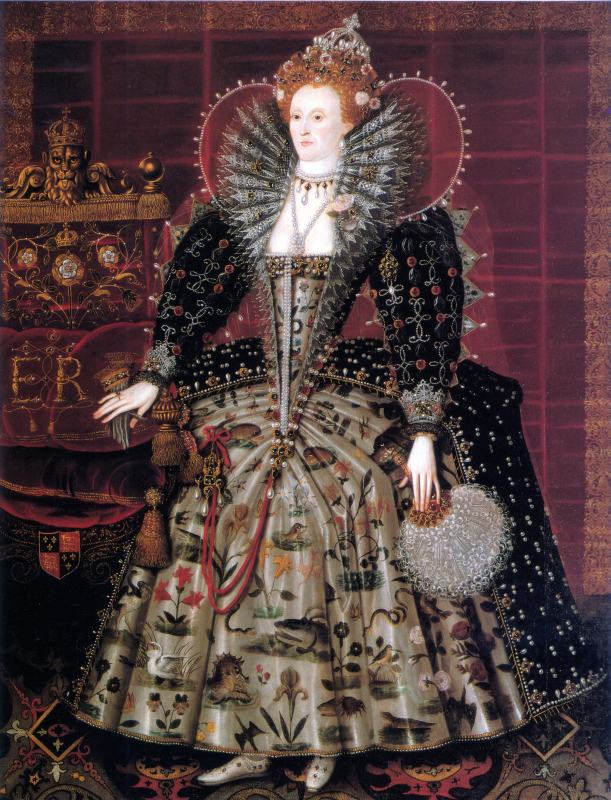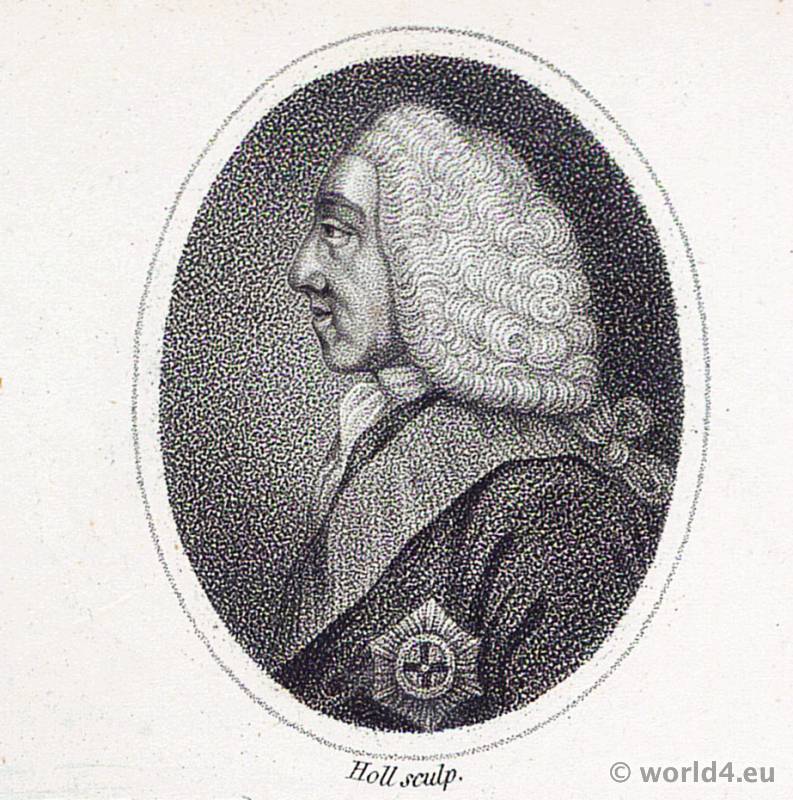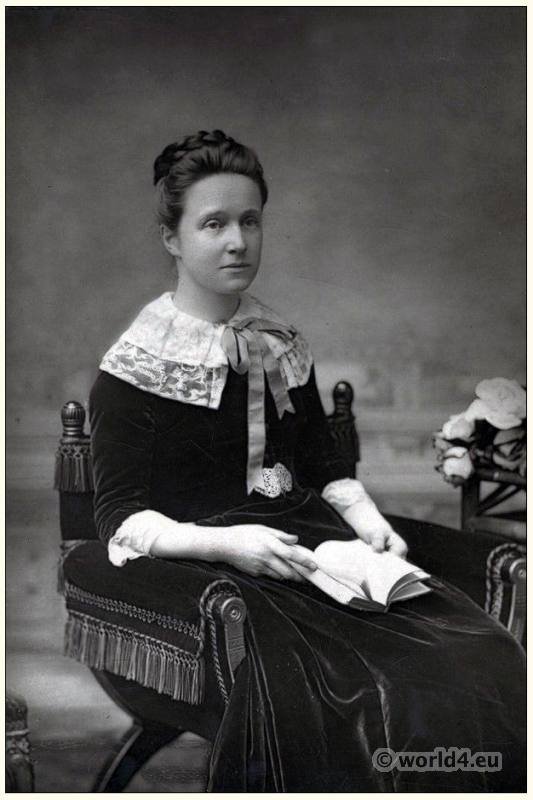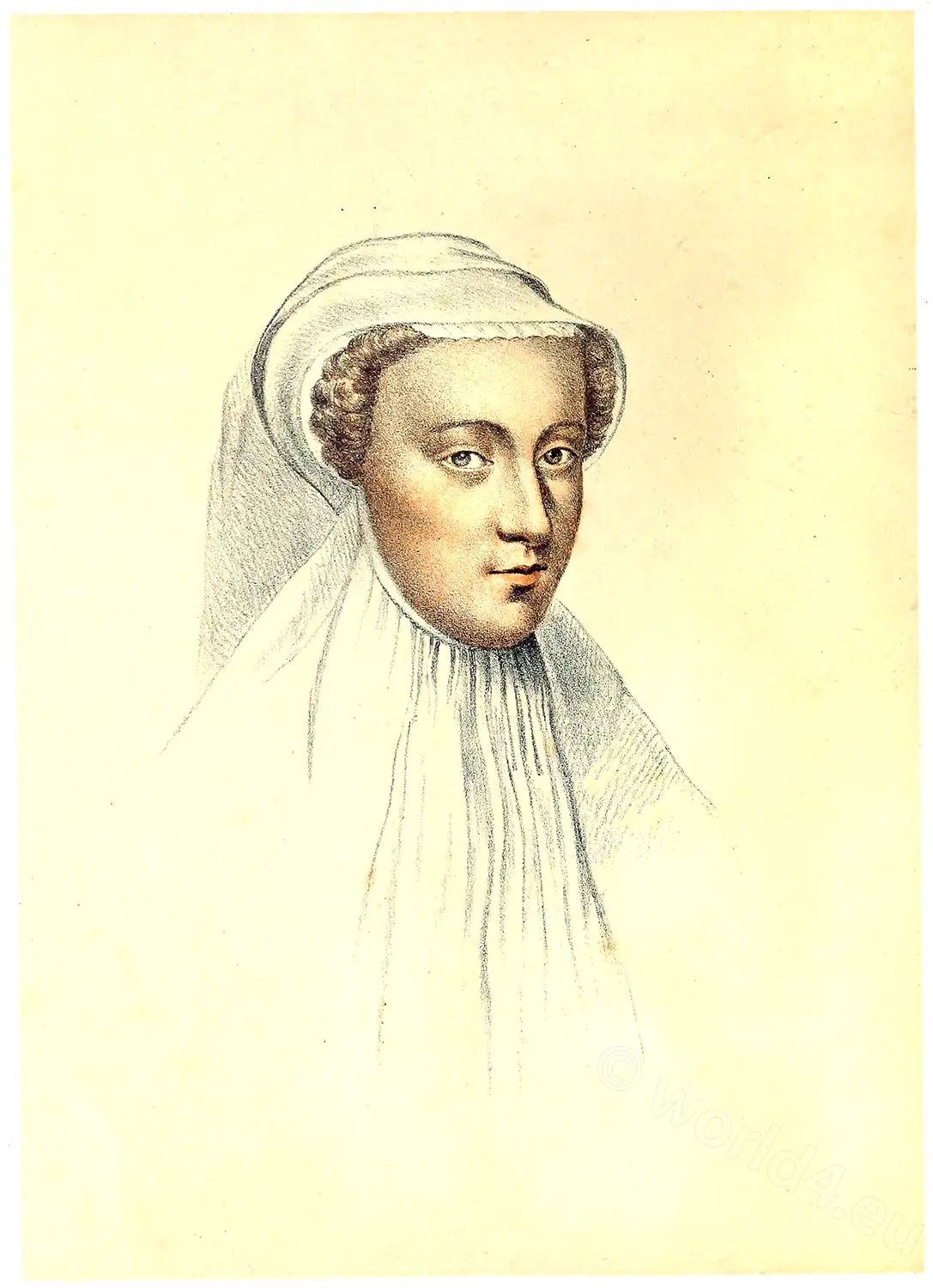Boudicca queen of the British Iceni tribe.
Boudicca also known as Boadicea, or Buddug was a Britannic queen and army leader who in the early years of the Roman occupation of Britain an ultimately unsuccessful revolt (60-61 n. Chr.) was leading. Boudica was the wife of Prasutagus, king of the Iceni, a Celtic tribe on the territory of East Anglia (Norfolk and Suffolk). After the death of Prasutagus the Romans would not accept a woman as a tribal leader, flogged Boudicca publicly and raped their virgin daughters.
In 60 AD. raise the tribes of the Iceni and Trinovantes against the Romans under the leadership of Boudicca. Probably more than 50,000 fighters Boudicca had gathered, and after the initial successes new followers have been added (about 70,000 Romans lost their lives). The Roman general and governor of Britain, Gaius Suetonius Paulinus presented with two legions against the rebellious Britons, which led up to that guerrilla-like attacks, in a battle northwest of Verulamium in the open field and beat them devastating.
About the further fate of Boudicca there are two versions: Tacitus reports that Boudica’s life by taking poison took (Annals 14,37,3), Cassius Dio, however, thinks that Boudica fell ill and died.
From the book: Selections Of The Ancient Costume Of Great Britain And Ireland, from the 7th to the 16th Century by Charles Hamilton Smith. London: Printed by William Bulmer and Co. Shakspeare-Press, for Messrs. Colnaghi and Co. Cockspur Street, 1814 Engraver: Atkinson, John Augustus, 1775 c. 1833, Havell, Robert, d. 1832, Merigot, James. Hill, John, 1770-1850.
Related to:
History of England
- Celt and Roman. History of England 43 BC to 440 AD.
- Celtic relics, ornaments of gold and bronze.
- Roman Britain. Maps, Places, Tribes. Historical atlas.
- Alfred the Great Viking chieftain.
- Alfred the Great. The first English king.
- King Harold II. Last Anglo-Saxon king of England.
- King James I of England, son of Mary Stuart, Queen of Scots.
- Sir Thomas More.
- Thomas Becket. Archbishop of Canterbury.
- John Wycliffe and the Dawn of the Reformation.
- William Caxton and the art of printing.
- Bloody Mary, the daughter of Henry VIII.
- The character of Henry VIII. Tudor King of England.
- The reign of Elizabeth. The days of Queen Bess.
- Tudor Queen. The offer of the crown to Lady Jane Grey.
- Mary Queen of Scots at Lochleven Castle.
- Sir Francis Drake.
- The english boy king Edward VI.
- Relics associated with Queen Elisabeth.
- The departure of the Mayflower.
- Charles I of England. King and Martyr.
- The English Civil War 1642-1649.
- The Battle of Marston Moor on 2 July 1644 .
- Charles the first in the guard room.
- Oliver Cromwell. The Protector.
- Pictures and Royal Portraits Illustrative of English and Scottish History:
Ancient
- Assyrian and Babylonian culture and fashion. Mesopotamia.
- Egyptian costume history.
- Minoan costume history.
- The Amazons.
- The Ancient Greek costume history.
- Ancient Roman costume history. B.C. 53 to A.D. 450..
- Ancient Costumes of the Persians and other Asiatics.
- Ancient Costume History of Egyptian, Greek, Roman and others.
- The Roman Tunica or Greek Chiton.
- The Toga and the manner of wearing it.
- The Gallic and Gallo-Roman costume period.
- The shields of the Gauls. Clans in the Roman Empire.
- The Barbarian Invasions. The Migration Period in Europe, 395-527 A. D.
- Roman legionary in full armor.
- Roman Britain. Maps, Places, Tribes. Historical atlas.
- Celt and Roman. History of England 43 BC to 440 AD.
- Gallic and Gallo-Roman helmets of Celtic warriors.
- The Roman Paenula. The cowl or hood.
- Roman, Greece and Egypt. The Corset and the Crinolin fashion history.
- Frankish Merovingian costume history. 4th and 5th century.
- Byzantine costume history. 5th to 6th century.
- The Carolingian fashion period 752-987. Reign of Charlemagne.
- The Carolingian Fashion Period 987 to 1270.
- Europe in the time of Charles the Great 768 – 814. Maps and Places.
- Monachism. Monastic costumes history.
[sitecreator show=”5″]
Discover more from World4 Costume Culture History
Subscribe to get the latest posts sent to your email.


